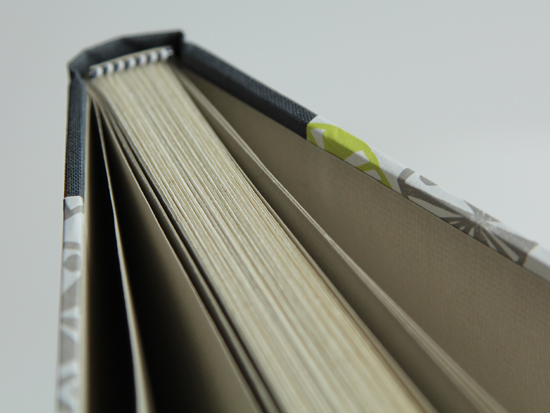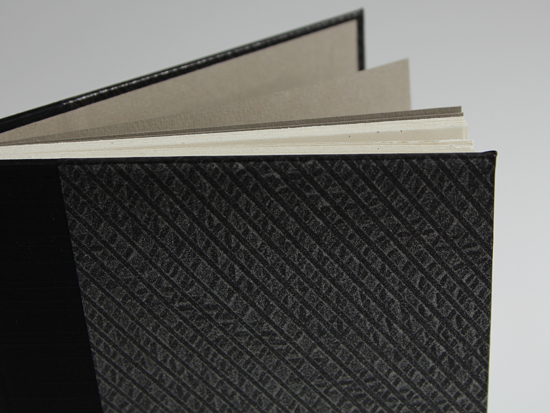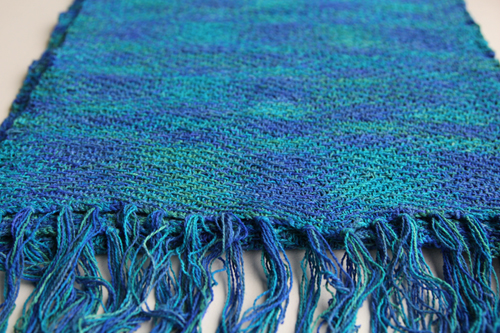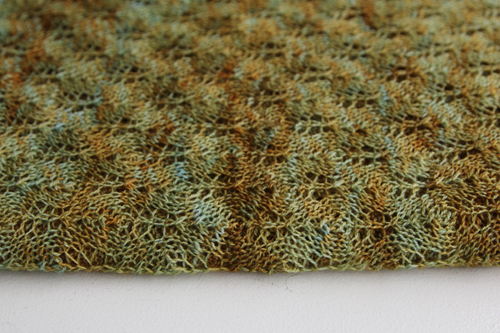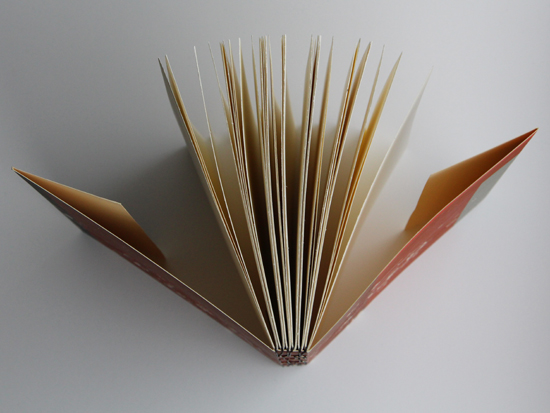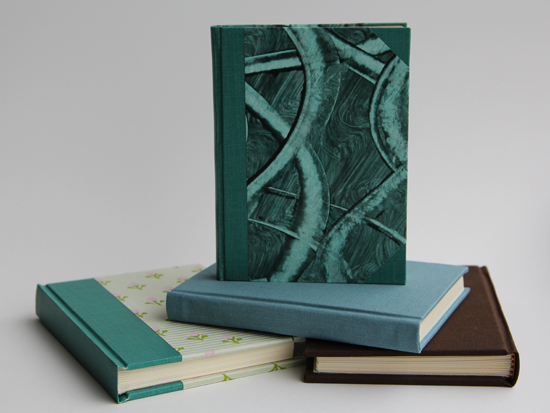
I thought for a while that I was done with bookbinding. I was going to finish what I’d started with the paper that I prepped last year, and then move on. I made 24 Coptic journals as part of my summer Discardia project and thought about what I was going to do after. And then I ordered another ream of paper, more bookboard and cloth and cover paper, and signed up for a multi-session binding class at the San Francisco Center for the Book. Apparently I’m not quite done with bookbinding after all.
(What I am done with, though, is sewing. Or at least apparel sewing. I still enjoy sewing small craft projects, so I’ve kept the sewing machine and serger and other accoutrements. But I got rid of several shelves worth of apparel fabric and sewing books, and moved the sewing stuff to an out-of-the-way part of my studio to free up space for other things.)
One of the things that had put me off bookbinding was the feeling that I felt I’d hit a plateau, where my skills had caught up to the challenges and it just wasn’t very interesting any more. But when I thought about it further, there were two parts to my disinterest. Yes, I am bored with Coptic journals and accordion books. But there are many other book structures and much more to learn. The last time I made hardcover journals, a year ago, I realized I’d forgotten a lot. So I signed up for the Beginning Bookbinding Core Curriculum course at SFCB and spent four Saturdays relearning things – and learning new things too.
The Beginning Bookbinding course is the first of two courses for the SFCB Bookbinding Certificate program. It covers a couple of variations on hardcover bindings and covers how to use the board shear, guillotine cutter and other tools at the center. Over four weeks I made four books, shown below in order:

The first two were flat-back, case bound books, which is the method I learned previously. In these, you construct the book block and the case separately, and then put them together. We made the book blocks for these using a link stitch, which was new to me (though a lot like Coptic binding), rather than sewing onto tapes. The latter two were made by constructing the book block by sewing the sections onto tapes, and attaching the cover boards to the book block before adding the bookcloth and decorative paper. The backs are also rounded, although as you can see I had some mixed results with that.

This was the first rounded one, which was somewhat more successful as far as rounding goes. I had some trouble getting the spine piece centered correctly, so it is a bit wonky. We cut the blocks on these with the guillotine cutter, so you can see how smooth the edges are.

This one I had some trouble with. At first I thought I’d rounded it really well, but after I got the endbands on it did not look rounded at all – though it might just be the endband that isn’t rounded, the foreedge of the book still looks good. This one was also interesting because it used a hollow tube at the spine rather than gluing on several individual layers of spine lining, and then the bookcloth is glued right to the spine (a tight-back binding).
So now I have several new techniques to practice, and I also bought a new lying press from Affordable Bookbinding Equipment that is lovely, and wooden nipping press that I’m not quite as impressed with (on mine, the bottom plate of the press is sitting on top of a 2×4 – unlike the one pictured where the bottom plate is flush with the table – so it’s unsteady). And I have a little time off over the holidays to play with everything.
